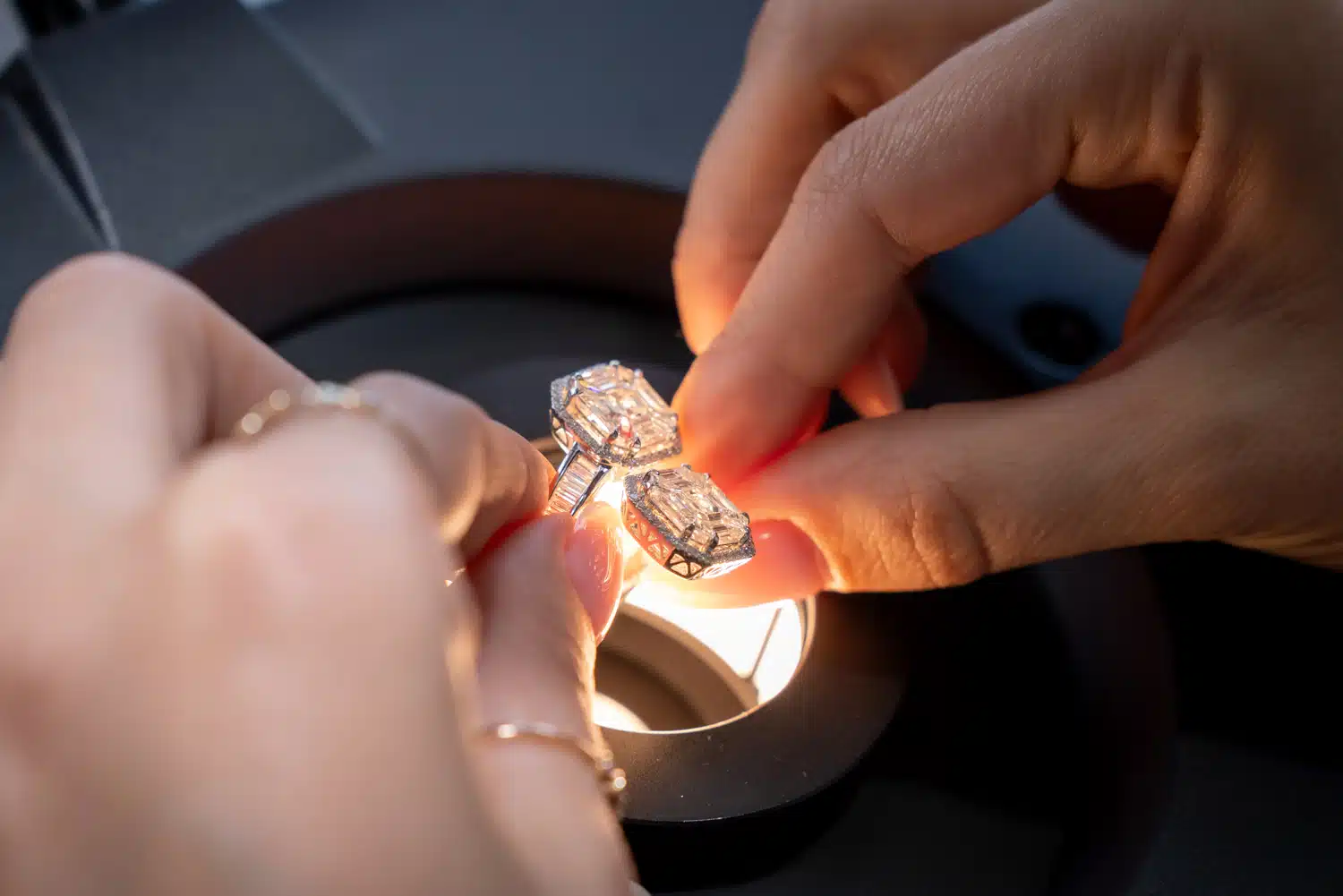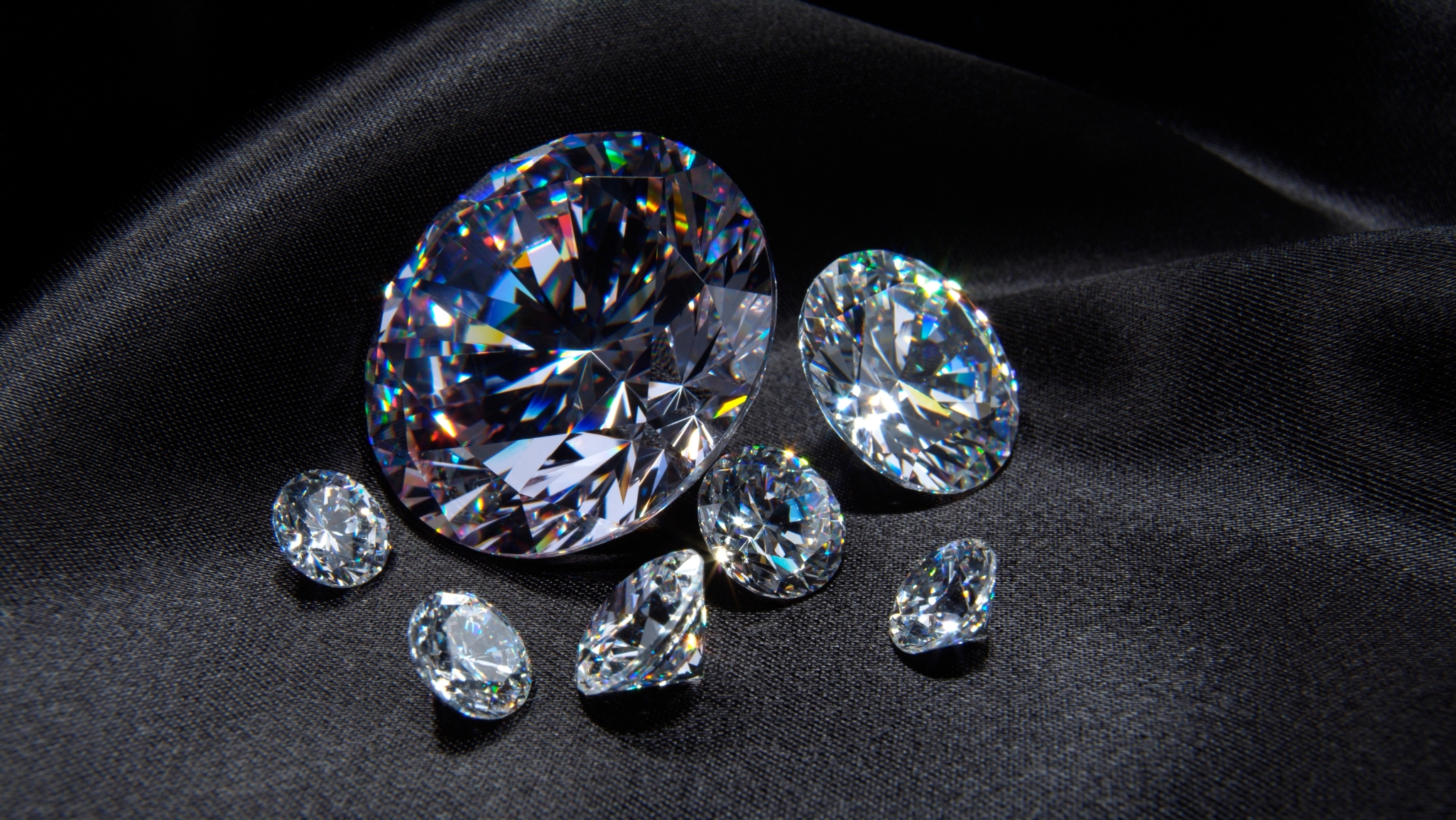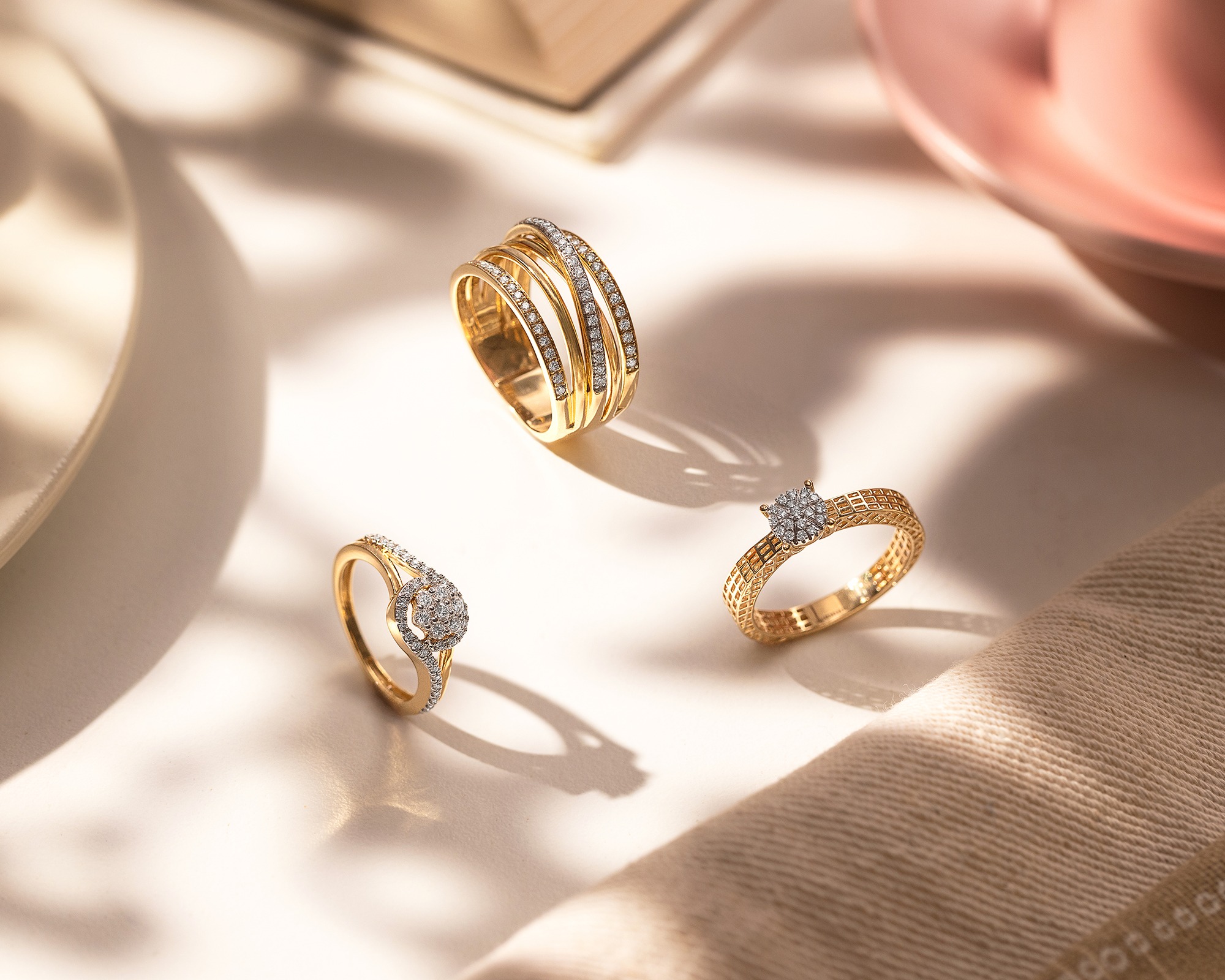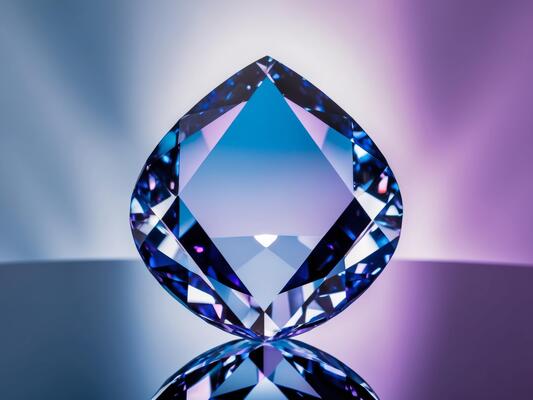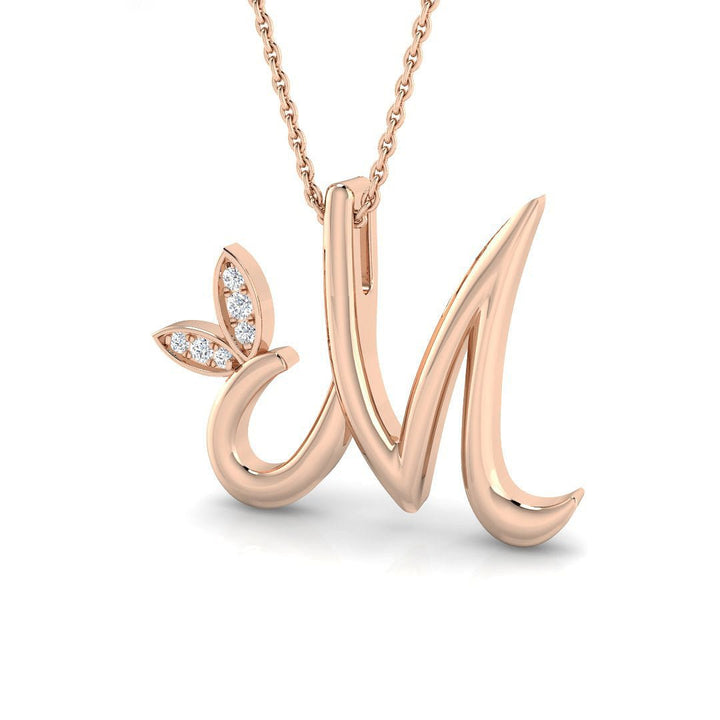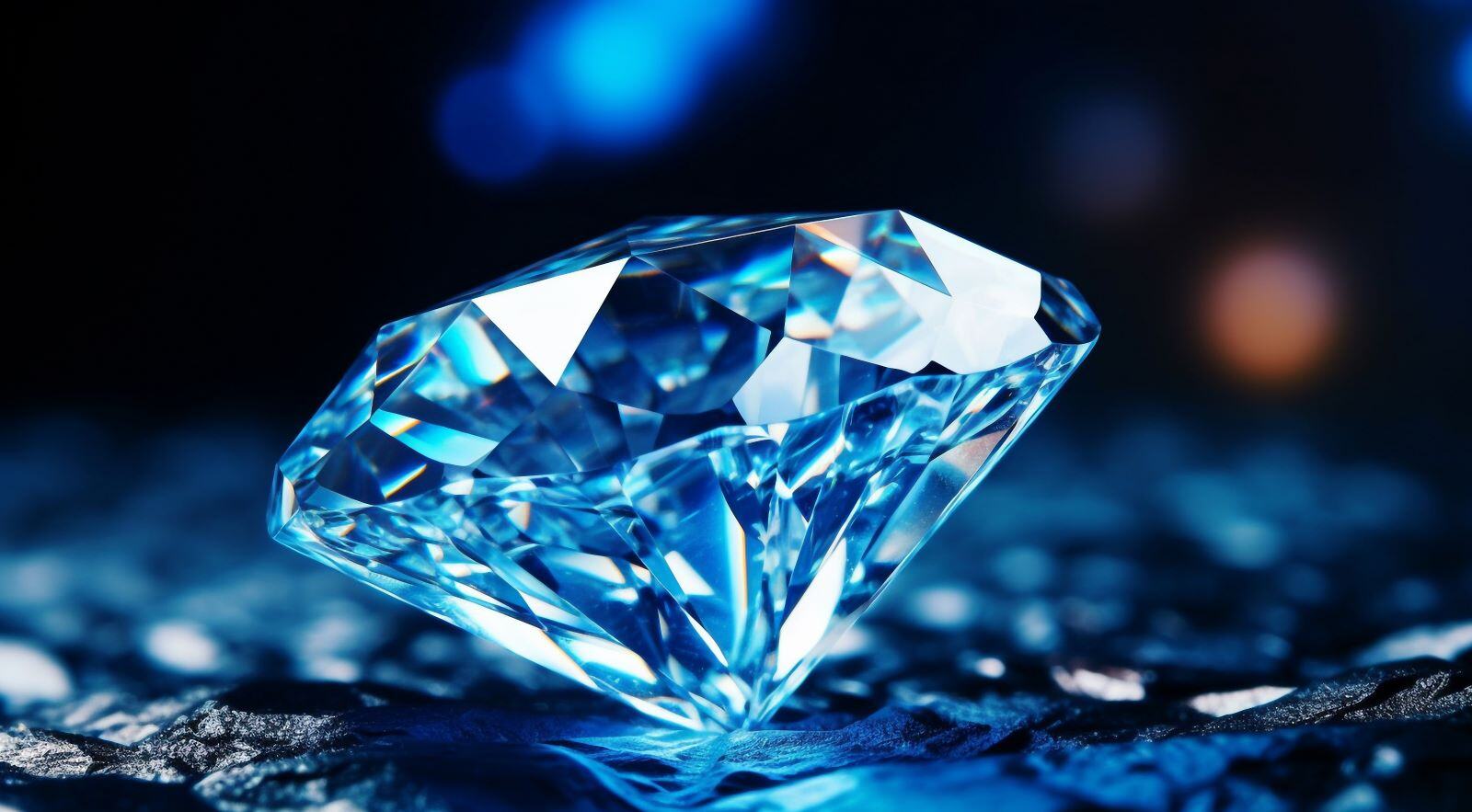Diamond vs. Moissanite: The Ultimate Showdown
Introduction to Diamonds and Moissanites
With regards to picking a staggering gemstone for a wedding band or any piece of fine adornments, diamonds and moissanites frequently lead the discussion. Both have their exceptional appeal, however which one is the better decision? In this article, we’ll jump into the world of diamonds and moissanites, exploring their origins, appearances, sturdiness, and more. By and by, you’ll have a clearer thought of which gemstone may be ideal for you!
What Are Diamonds?
Diamonds are more than simply shimmering stones; they’re images of adoration, responsibility, and extravagance. Formed profound inside the Earth under extreme intensity and strain, diamond vs moissanites are carbon iotas that have solidified more than billions of years. Their amazing sturdiness and staggering brightness go with them the go-to decision for wedding bands.
What Are Moissanites?
Moissanites, then again, are a lab-created gemstone that mirrors the excellence of diamonds. Originally found in a meteorite, this gemstone is made out of silicon carbide. Moissanites have acquired prevalence because of their affordability and amazing shimmer, frequently dominating diamonds in specific viewpoints.
The Origin of Diamonds and Moissanites
Normal versus Lab-Grown Diamonds
Diamonds come in two forms: normal and lab-grown. Regular diamonds are mined from the Earth, while lab-grown diamonds are created utilizing cutting edge innovation that reproduces the normal cycle. The two sorts are synthetically indistinguishable, however lab-grown diamonds are much of the time more affordable and have a more modest ecological impression.
The Formation of Moissanite
Moissanite was first found in 1893 by French scientific expert Henri Moissan in a meteorite. Today, practically all moissanites available are created in labs. This interaction guarantees that they are without struggle and have a negligible natural effect, pursuing them a moral decision for purchasers.
Contrasting the Appearance
Splendor and Shimmer
With regards to splendor, moissanites will quite often eclipse diamonds because of their higher refractive list. This implies they can mirror light more successfully, creating a red hot shimmer that can very charm. Diamonds, in any case, offer an exemplary look that many individuals adore.
Color and Clearness
Diamonds and moissanites come in different colors and clearness levels. Diamonds are reviewed on a scale from D (colorless) to Z (light yellow), while moissanites normally show a color range that can at times incorporate traces of yellow or green, particularly in bigger stones.
Diamond Color Evaluating
Understanding diamond color evaluating can assist you with picking the ideal stone. The vast majority lean toward diamonds in the G-H range for a decent equilibrium between quality and affordability, as they show up almost colorless.
Moissanite Color
Moissanites ordinarily seem colorless to approach colorless. While some might have slight color subtleties, numerous buyers value their splendid and clear appearance.
Toughness and Hardness
Hardness Scale
The two diamonds and moissanites are inconceivably sturdy, yet diamonds take the crown with regards to hardness. On the Mohs size of hardness, diamonds score an ideal 10, making them the hardest regular substance. Moissanites are likewise hard, scoring 9.25, and that implies they are exceptionally impervious to scratches.
Scratch Opposition
While diamonds are the most scratch-safe gemstones available, moissanites likewise hold up well under ordinary wear. On the off chance that you’re searching for a gemstone that can withstand the rigors of day to day existence, the two choices are great decisions.
Value Correlation
Cost of Diamonds
Diamonds can be very expensive, particularly assuming they’re normal stones. Costs differ essentially founded on the diamond’s size, cut, clearness, and color. A great diamond can undoubtedly hamper you thousands of dollars.
Cost of Moissanites
Moissanites are by and large significantly more affordable than diamonds. You can frequently find a bigger moissanite for a negligible part of the expense of a similar diamond. This cost contrast makes moissanites an engaging choice for thrifty customers.
Ecological Effect
Maintainability of Diamonds
The diamond business has confronted investigation over its ecological effect, especially with respect to mining rehearses. While regular lab grown diamonds can be morally obtained, there are still worries about the carbon impression related with their extraction.
Moissanite’s Eco-Agreeableness
Since moissanites are fundamentally lab-created, they have a lot more modest ecological effect. Picking moissanite can be a more feasible choice for shoppers hoping to limit their environmental impression.
Picking either Diamonds and Moissanites
Which One Is Appropriate for You?
Settling on a diamond and a moissanite eventually boils down to individual inclination and values. Assuming that you esteem custom and are attracted to the exemplary charm of diamonds, they may be your smartest option. In any case, in the event that you favor a more affordable and morally obtained choice, moissanite could be the best decision.
Individual Inclinations
Ponder what makes the biggest difference to you in a gemstone. Do you prioritize toughness, appearance, or ecological effect? Thinking about your qualities can assist you with pursuing the most ideal choice.
Events and Use
Consider the events for which you’ll be wearing the gemstone. For day to day wear, a moissanite may be more functional because of its affordability, while a diamond may be more suitable for huge life altering situations like commitment or commemorations.
Conclusion
Eventually, whether you pick a diamond or a moissanite, the two gemstones offer novel magnificence and appeal. Understanding their disparities — from appearance and solidness to cost and natural effect — will assist you with pursuing an informed choice. Keep in mind, the most ideal decision is the one that reverberates with your own style and values. Cheerful gemstone shopping!



